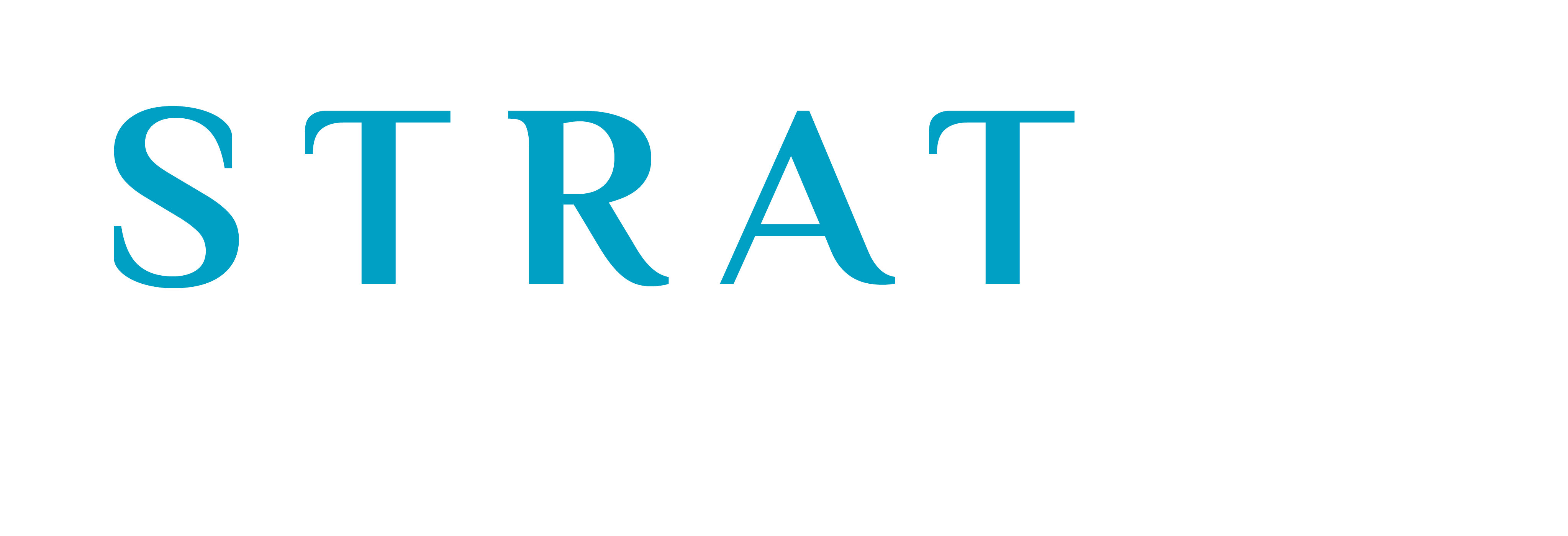- Mar 30, 2023
- Angelina Spriggs
- Industrial Warehousing
- 0 Comments
Video Transcript:
We felt it would be helpful as you set your 2023 investment strategy in the industrial space to take a look at the entire U.S. market. And how does this impact your portfolio?
One of the greatest concerns besides the recession has also been the idea of what will the debt markets do to our asset values in the future. Will it hinder our earnings? The clear answer to that is yes, but we don’t know how long the fed will continue with their rate hikes, the plateau, and the dissension after that. It can be as many as two to three years. And so we also look at this idea of inflationary causes. How would we inflate our way through reinflation and the hedging of OpEx cost through triple net and master leases as we go into 2023.
We find sitting at the crux of this strategy, of these thoughts, the industrial market, which has had very, very impressive 11% annualized bump increases in the rental rates in 2022. We expect it to be strong going into 2023 as well, but there has been a little bit of trend. Quarterly it’s averaged around 3% annualized bumps; the last two quarters have only been at 2% annualized bump, meaning there should be a trail off in demand. Now you also have a lot of new product coming online, but that was essentially cut short as developers ceased development in the middle of 2022, anticipating a recession and high inflationary costs and high debt costs, which would hinder the value of the fully developed property from exceeding replacement costs. And this is a traditional driver of development. Speaking of development, there are a variety of projects across the nation, which are being tracked right now; specifically 18 electric car, electric battery production, and new energy types of semiconductor plants in process for opening in 2024 and 2025.
What does this mean? It means those markets where those new processor plants, or those new battery plants, or those new manufacturing plants are going to be built will have millions and millions of square footage demand for the industrial flex spaces in the immediate area around there from their vendors needing to produce at higher rates in high locality. This is a blend with the onshoring movement that you’ve seen since the beginning of 2022. And here’s what it looks like. It looks like the entirety of the warehouse space is completely absorbed; it is completely occupied.
Logistics space, for instance, are at a 4% vacancy rate right now. This is fully occupied. Flex space is at a 5.8% vacancy rate which is, still higher than most other asset types, but it is a 5.8% vacancy rate. Now what’s interesting about flex, it also yields nearly double the price per square footage on average -.86 cents per square foot for specialized industrial compared with $1.47 a square foot on average for flex space. And then speaking of specialized industrial, currently sitting at a 3% vacancy rate 97% occupancy rate, this is as strong as possible with that .88 cent per square foot average rental rate, slightly above that of logistic space that are .85 cents a square foot average rental rate. The strength of the warehousing market is second to none with limiting and diminished new inventory coming online, potential real strike impacts going into 2023, and potential onshoring activities. This tends to be a great place to be from an investment cycle and also going into a high inflationary period where you can offset and hedge your actual operating and debt costs through rental rate increases.

